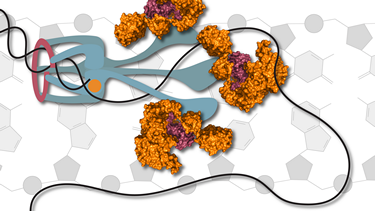Molecular Biology - Part 1: DNA Replication and Repair
An in-depth adventure through DNA replication and repair to strengthen your scientific thinking and experimental design skills.
An in-depth adventure through DNA replication and repair to strengthen your scientific thinking and experimental design skills.
An in-depth adventure through DNA replication and repair to strengthen your scientific thinking and experimental design skills.
You’re acquainted with your DNA, but did you know that your cells synthesize enough DNA during your lifetime to stretch a lightyear in length? How does the cellular machinery accomplish such a feat without making more mistakes than you can survive? Why isn’t the incidence of cancer even higher than it is? And, if the DNA in each and every cell is two meters long, how is this genetic material compacted to fit inside the cell nucleus without becoming a tangled mess?
7.00x Introduction to Biology and 7.05x Biochemistry or similar (biochemistry, molecular biology, and genetics).






